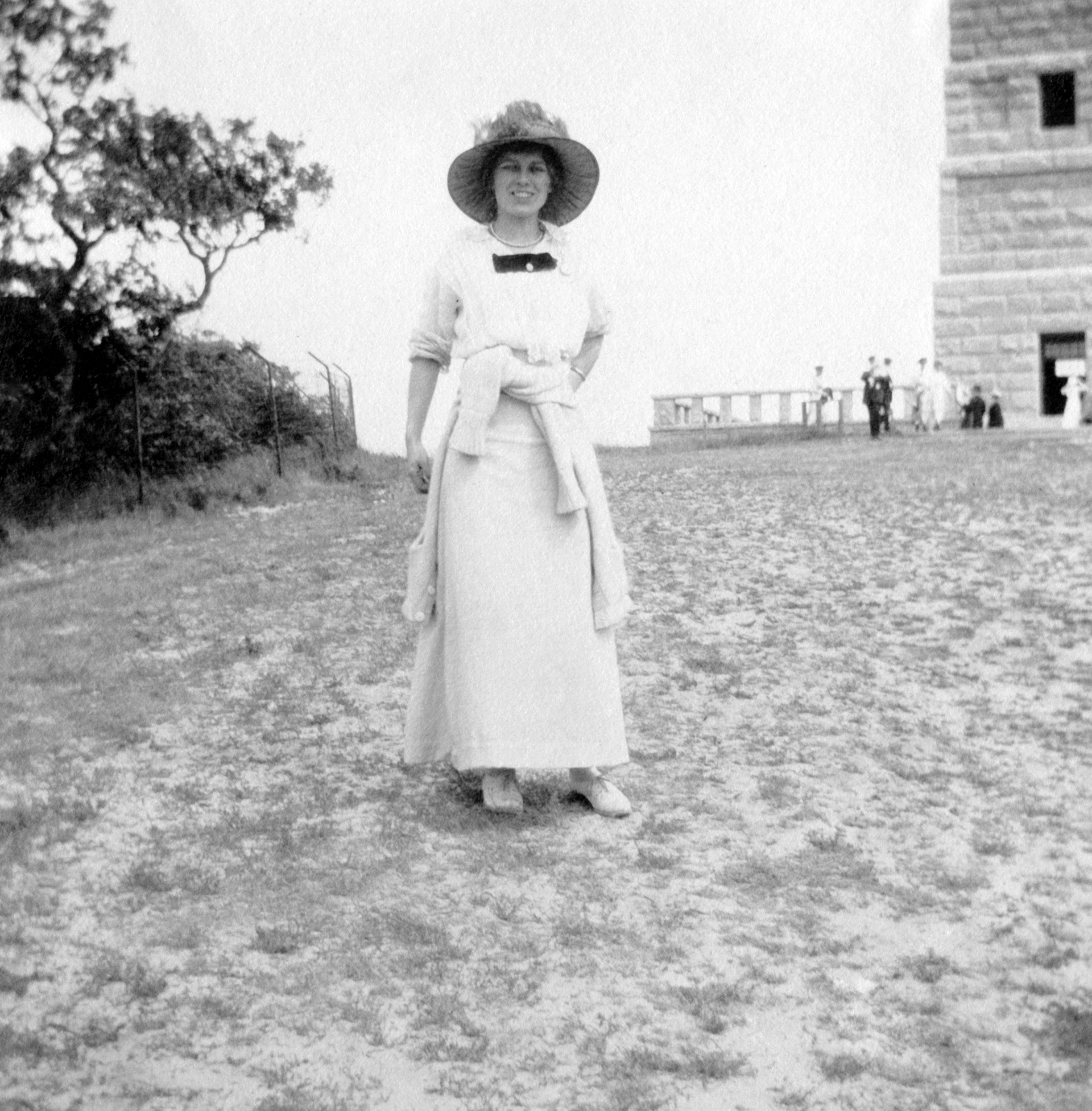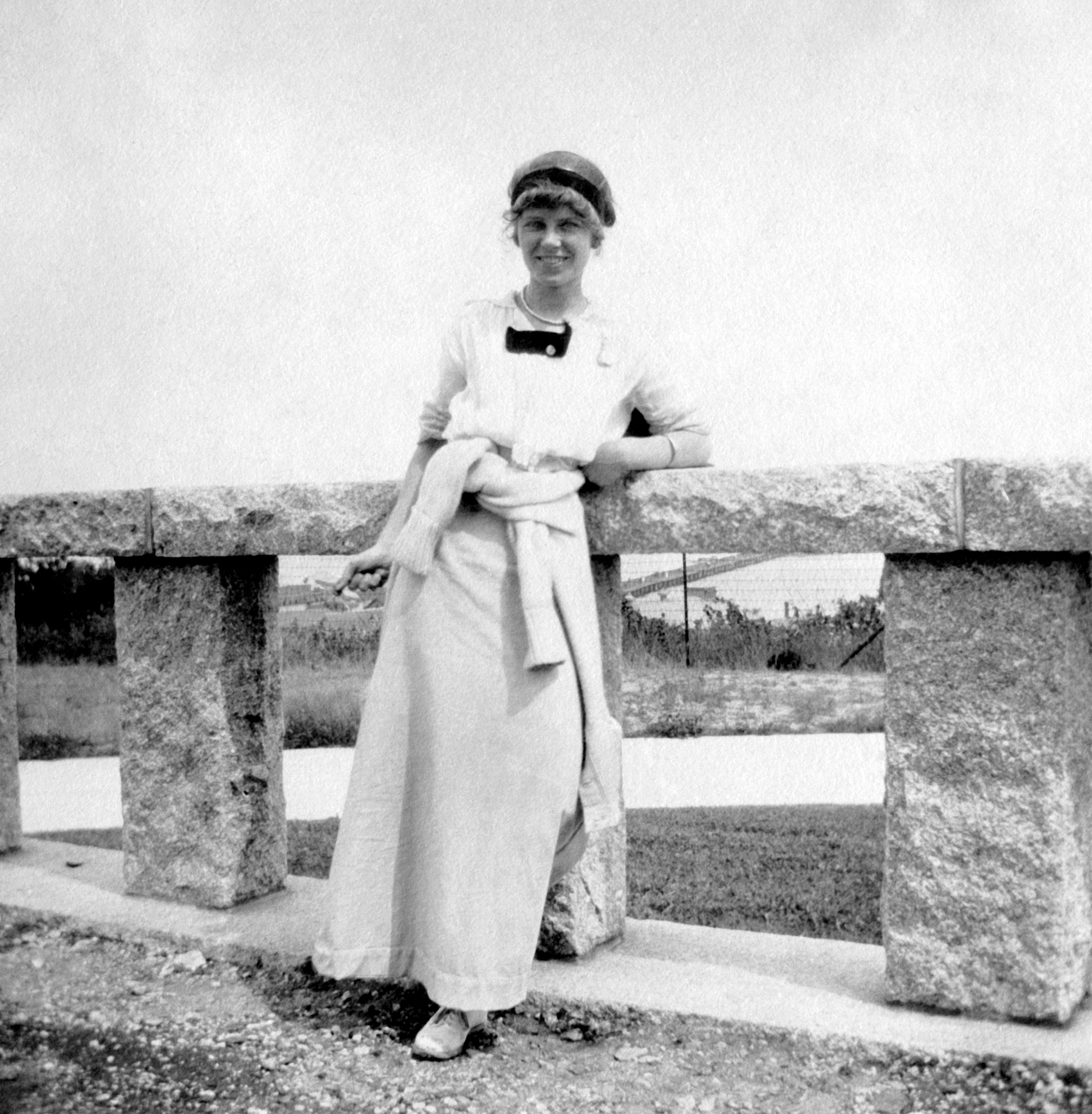
In 1909, seventeen year old heiress Roberta Buist DeJanon, grandaughter of wealthy Philadelphia seedman Robert Buist Jr (his father credited with introducing the poinsettia to the United States), and daughter of Ferdinand H. De Janon, disappeared from her house "Bellevue-Stratford" in Philadelphia, with a false intention to visit the dentist. And she disappeared, along with her dog and a 46 year old waiter from Vienna named Frederick Cohen. He had inherited a small fortune from his brother who had emigrated to Australia. Loving horse races, and he lost by spending his one million seven hundred dollars in a short time. He went then to work as a waiter again, this time at the Hotel Birham, and at the Bellevue-Stratford hotel he along with another waiter served the De Janon family, inside their apartments, due to the heiress' mother illness. The heiress' mother had died a month before her run away. After her name appeared on the newspapers' headlines for many days, they both got married, Frederick having divorced from his wife in exchange of valuable items. Later on they would divorce and she would marry Harry Blank Cavendish. As other sources inform as well, she later on married Stephen Glaser, 26 years old, in 1911, after her grandfather had died that same year, which creates a doubt regarding the real name of the so called Cohen, or maybe Cavendish, since the year of her disappearance was 1910. She possibly divorced him in 1930.
The headlines showed different possibilities regarding their whereabouts, including a trip to Mexico.

While disappeared, newspapers asked people to help find the elopes, and some had mentioned they saw him in New York, while others would point at the races in Philadelphia, thus starting a hunt that kept for days making the news on different newspapers, from El Paso until Los Angeles, Chicago, Washington, etc. They were searched all along the US, including Canada, until they were found in Chicago.

It seems that she was not the only rich girl to have left home and go ahead with her way, as through reading newspapers regarding this story, another heiress had left her house and had married her chauffeur.
As a note aside, Patrice De Janon, the heiress' grandfather on her paternal side, I discovered to have been a sword-master and Spanish teacher at West Point Military Academy, being himself of Spanish origin and a gentleman. He had a kind of conspiracy against him at the academy, which leaded him to address a long explanation as an Answer and Defense, and asking for help to the President of the United States, then Franklin Pierce published in 1864.


Patrice De Janon
READ FULL STORY OF THE ADVENTURE



































